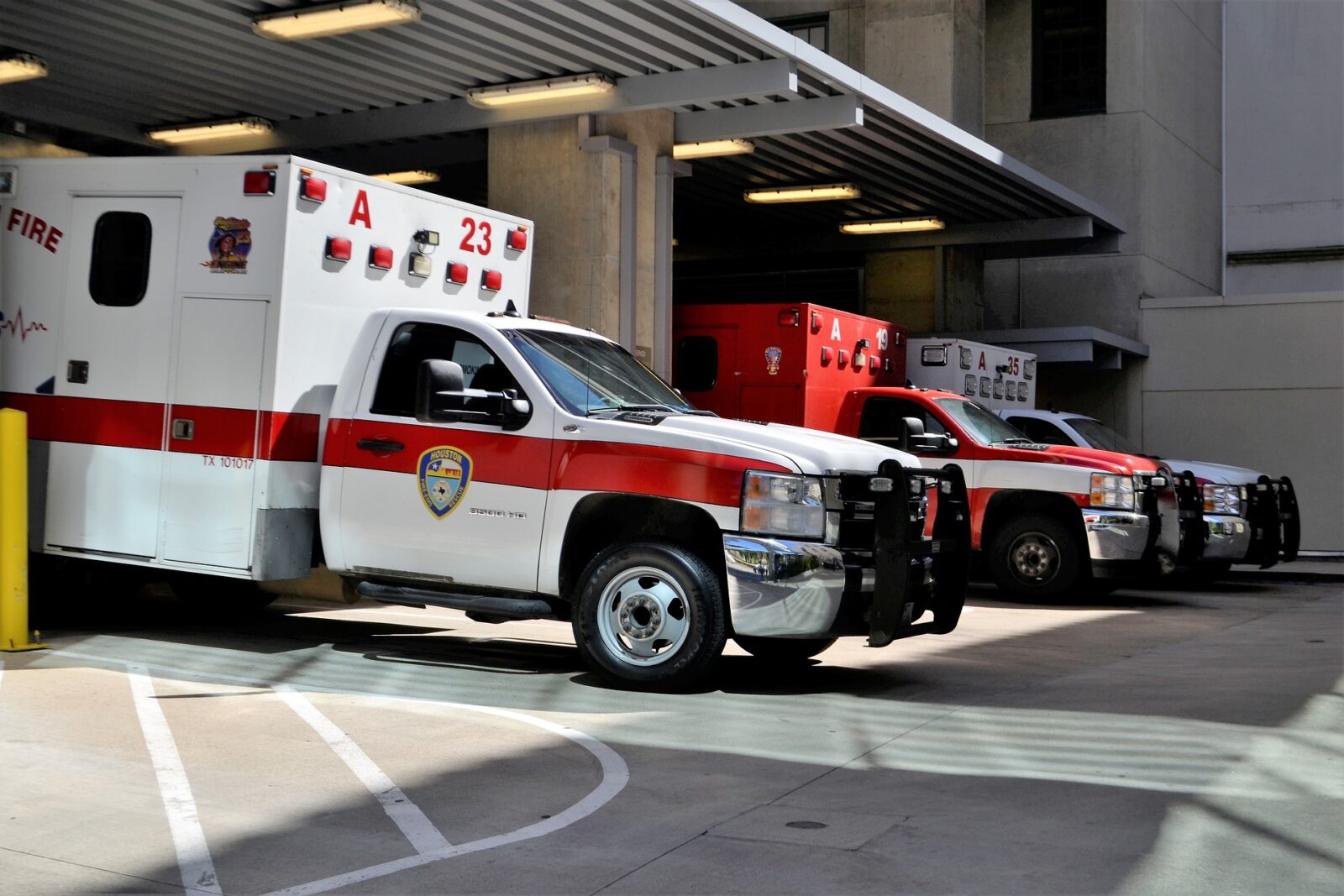
If you want to understand the complexities of ambulance billing, the intricacies leading to numerous frauds in the industry, you need to have a fair idea of the processes, workflows, and up-to-the-minute ambulance rules and guidelines, and the evolving healthcare reforms. You also need to understand the compliance rules of healthcare facilities and that includes ambulance services.
In this blog, we will walk you through the five common complexities involving ambulance services. Read on to learn more.
- Coding and Billing
When it comes to the coding and billing of ambulance services, it is dependent on the patient care details, filled by the ambulance team. The report will include all related information about the condition of a patient and if any Basic Life Support or BLS were offered or not. The report may also include details of any Advanced Life Support (ALS).
When a call is initiated for an ALS dispatch, however, no such services were provided; the billing will still reflect such ALS service, particularly from the Medicare perspective. Though few people may perceive this as incorrect billing, however, as per the Medical Benefit Policy Manual of Centers for Medicare & Medicaid Services (CMS), this process is correct as well as justified.
- Patient Care or Treatment
As far as emergency medical attention is concerned, the treatment of a patient is dependent on the discernible health condition of the person when medical professionals visit the spot. This is unlike other medical services, where the bill is raised depending on a definite diagnosis when the patient is on more solid ground.
Treatment provided on the noticeable condition of a patient is often not enough, as appearances are sometimes deceptive. The patient may have a more serious health condition not obvious to the eye. It means that ambulance billing is not so definitive because a medical examination is not possible when it comes to the ambulance crew, thus billing might be imprecise.
- Code Modifiers
The use of codes in ambulance billing is quite definite because they are meant for healthcare facilities. Then, you can expect the use of some modifiers. When it comes to ambulance services, these modifiers would relate to the place of origin as well as the destination of the ambulance. Make sure such information is there on every ambulance billing claim as well as placed next to the Health Care Procedure Coding System code billed on that claim.
When an appropriate modifier isn’t used while filing the claim, it would result in significantly lengthy processing time and even complete claim rejection.
- Medicare Claims
When it comes to the majority of ambulance medical billing services, the sole and biggest payer is Medicare. They have complicated rules and impose severe penalties for incorrect billing. Again, Medicare is managed by every US state, and therefore, rules will differ. You will find numerous challenges like “timely filling” periods, Medicare Managed Care, and retroactive eligibility that you need to understand when ambulance services file their respective claims.
- Compliant Billing
You need all valid signatures on all papers for compliant ambulance billing. The incorporation of Physician Certification Statements and Advance Beneficiary Notices are necessary to ensure compliance in billing and avert rejection of claims. Recipient signature policies, intricate issues involving required signatures comprising, who may sign on the behalf of a patient and when is crucial for correct Medicare billing when it comes to billing services.
Final Words
For all healthcare facilities, ambulance coding and billing should be perfect for the very first time for timely reimbursements. That is why you need the assistance of reliable ambulance billing services for fair and on-time settlements.